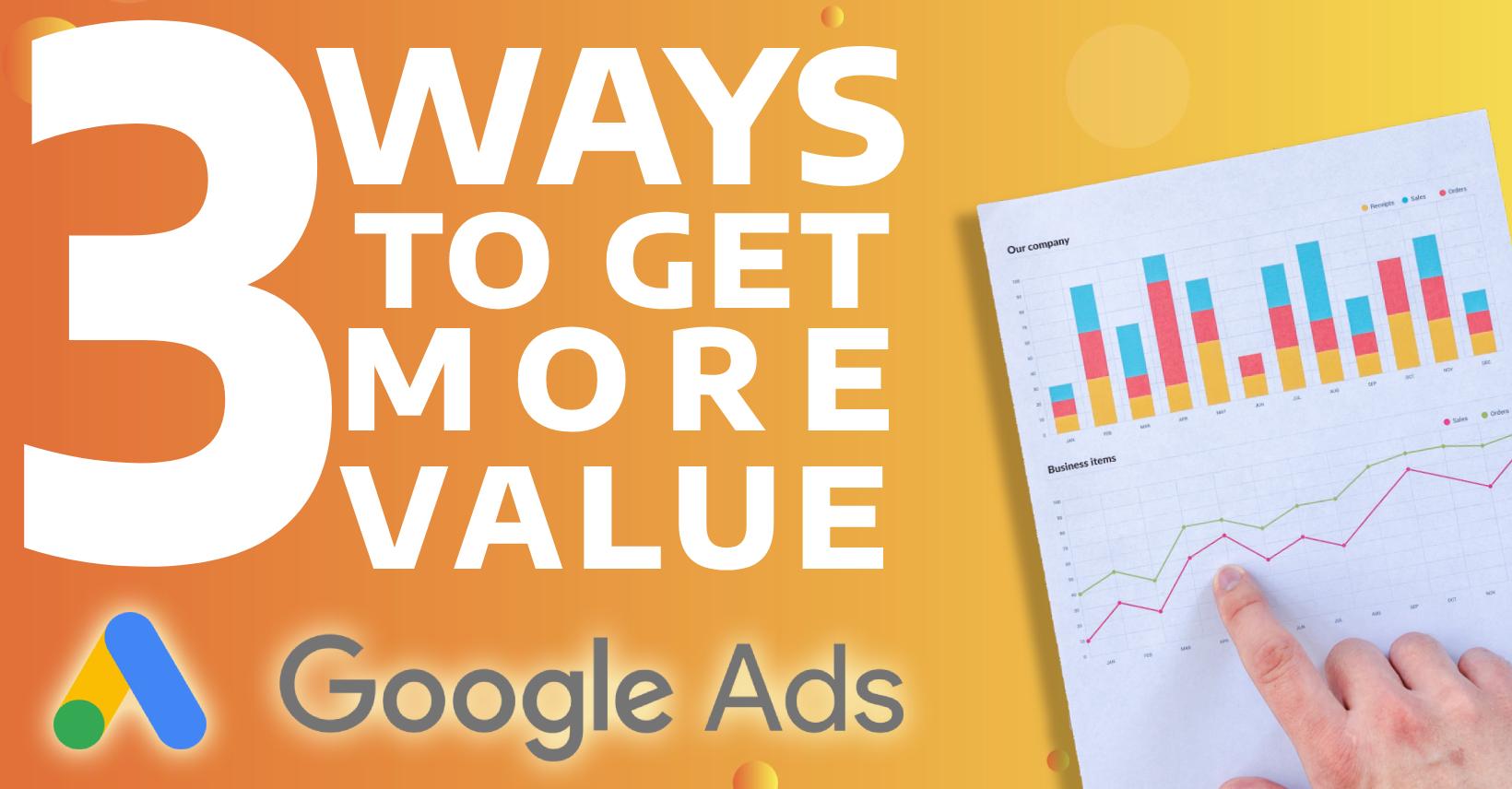Desired Outcome
Generate qualified leads primarily via the website and social media channels. The cost to generate leads needed to be competitive with those purchased from vendors.
The Challenge
Purchasing leads from a source such as Lending Tree, provided access to quality leads—but at a high cost. While the purchased leads did generate customers, the return on investment (ROI) didn’t always satisfy ownership.
In addition, the purchase of leads provided no right of exclusivity. In fact, at the price-point paid, the leads would be shared with four other companies offering the same services.
Adding to the overall challenge, well-funded competitors with strong brand-recognition dominate available digital marketing impressions.

As a revenue-based lender, customers needed help in understanding the true cost of capital. In particular, the company needed to explain the difference between a money factor and an annual percentage rate. Without a basic understanding of the differences between the two, the potential borrower could not see the inherent value of the client’s lending solutions.
The client had no existing ad campaigns and a very meager digital footprint. Social media channels rarely generated much interaction with audiences. The website generated minimal traffic with bounce rates above 95%.
The Solution
In order to achieve the goal of generating qualified leads within a spend range, we addressed 3 issues:
- Generating Quality Traffic
- Identifying Target Segments
- Proper Configuration of Google Ads Account
- Content Marketing
Generating Quality Traffic
Obviously quality traffic will be the lifeblood of any successful digital marketing campaign. Traffic also provides important insight into what visitor segments present the best opportunity for conversion. Our first goal with PPC would be to simply attract more traffic with a lower bounce rate.
We implemented Google Ads campaigns focused on brand awareness and website traffic. We designed these campaigns with very broad keywords (we began with a list of almost 17,000 keywords.)
The goal for these campaigns was to generate as much traffic as possible. But why?
The client had no website traffic or Google Ads data. Starting from ground zero, we needed data—good or bad.
With a better understanding of who exactly the client wanted, we began optimizing campaigns for conversion.
Identifying Target Segments
By combining the data from our initial traffic and awareness campaigns with our market research, we were able to identify the best audience segments to target. This process of identifying target segments included the development of buyer personas.
With a well-defined target audience, our conversion campaigns would be more focused, meaning lower costs of conversions. Remember that leads needed to be generated within a particular cost lead.
With more traffic, we recorded analytics for traffic both good and not so good. With bounce rates and time-on-page metrics, we could also ascertain the keywords and messaging that would increase chances of conversion.
Remember those 17,000-plus keywords? Our data analysis allowed us to pare that list down to the 10 most optimized keywords. Just 10 keywords? Yes, just 10 keywords for a reason.
Because of the number of well-funded competitors within the space, it would be better to concentrate the ad spend on the keywords that converted at the best rate. The client won more keyword auctions and increased impressions by over 250%.
Proper Configuration of Google Ads Account
An efficient Google Ads campaign performs not only in terms of conversions, but also with respect to budget. Our client had a desired range for cost per lead, what if we could deliver those leads for an even lower cost?
One key would be proper configuration of conversions in Google Ads and Google Analytics. We highly recommend implementing Google Analytics even if you’re using another analytics package.
Within both Google Ads and Analytics, users have the ability to create custom conversions. This allows both tools to better understand the goals of your website. This client had difficulty correctly configuring their conversions. We leveraged our relationship with Google to connect with an actual Google engineer.
Once the client had conversions implemented, Google Ads campaigns could be specifically configured to corresponding conversions. Now leads could be touched much sooner in the sales funnel and integrated into SMS and email campaigns our agency designed for the client.
Content Marketing
Nothing matches the quality of organic traffic. More organic traffic will have a major positive impact on all your digital marketing efforts.
Any content marketing strategy should definitely include video. The ability to draw traffic via YouTube video views has an immense benefit for any SEO and organic search efforts. We developed an online edutainment themed video campaign. We also developed a weekly series of videos discussing current issues within the business finance industry.
The videos and supporting content become assets in perpetuity. They continue to provide organic search and SEO performance well into the future. In addition, portions of videos edited into videos provided footage for video ads,social media posts and blog updates.
With planned content pillars focusing on the most profitable keywords and concepts, data generated via the planned content allows for fine-tuning existing PPC campaigns.












